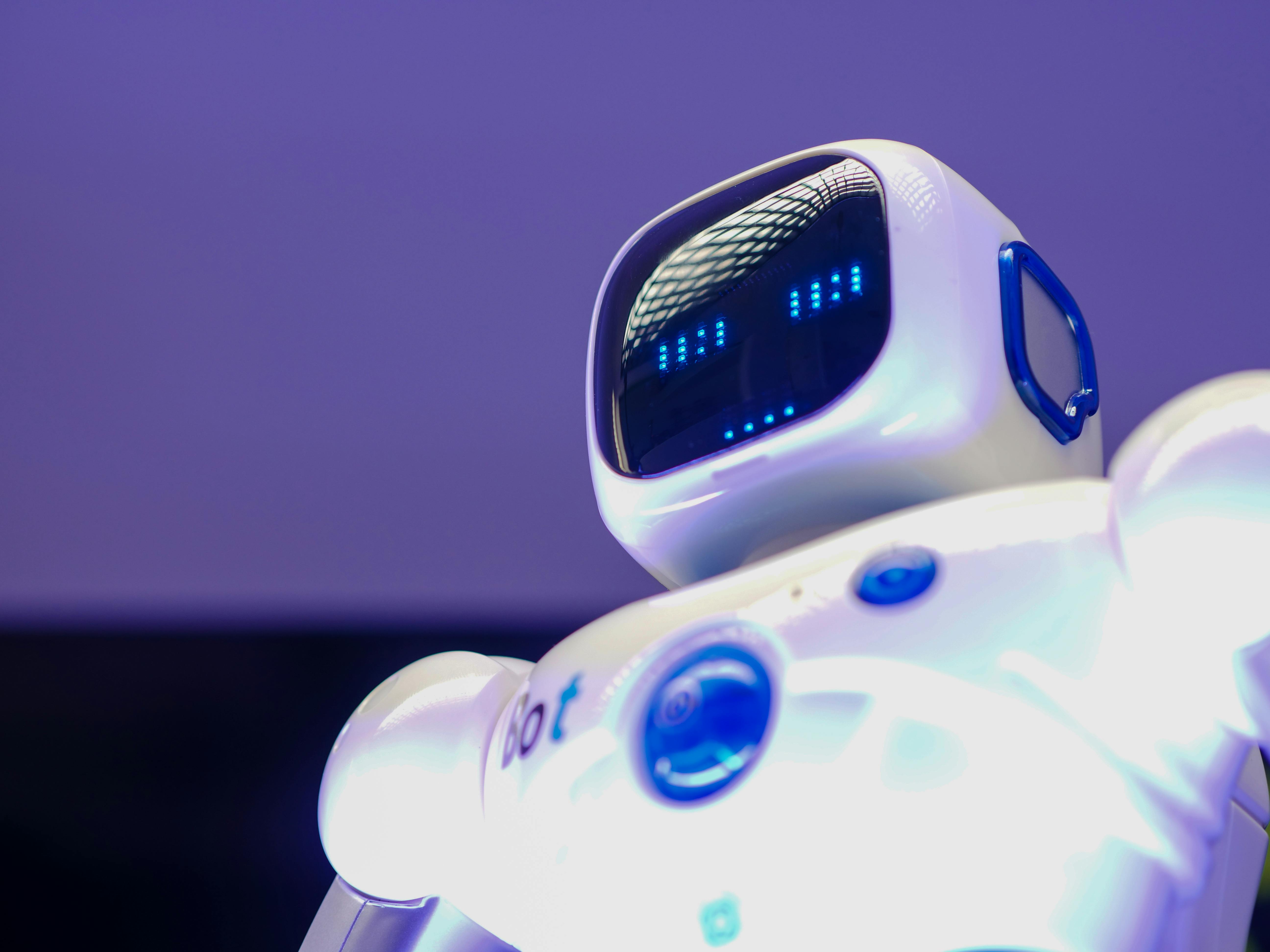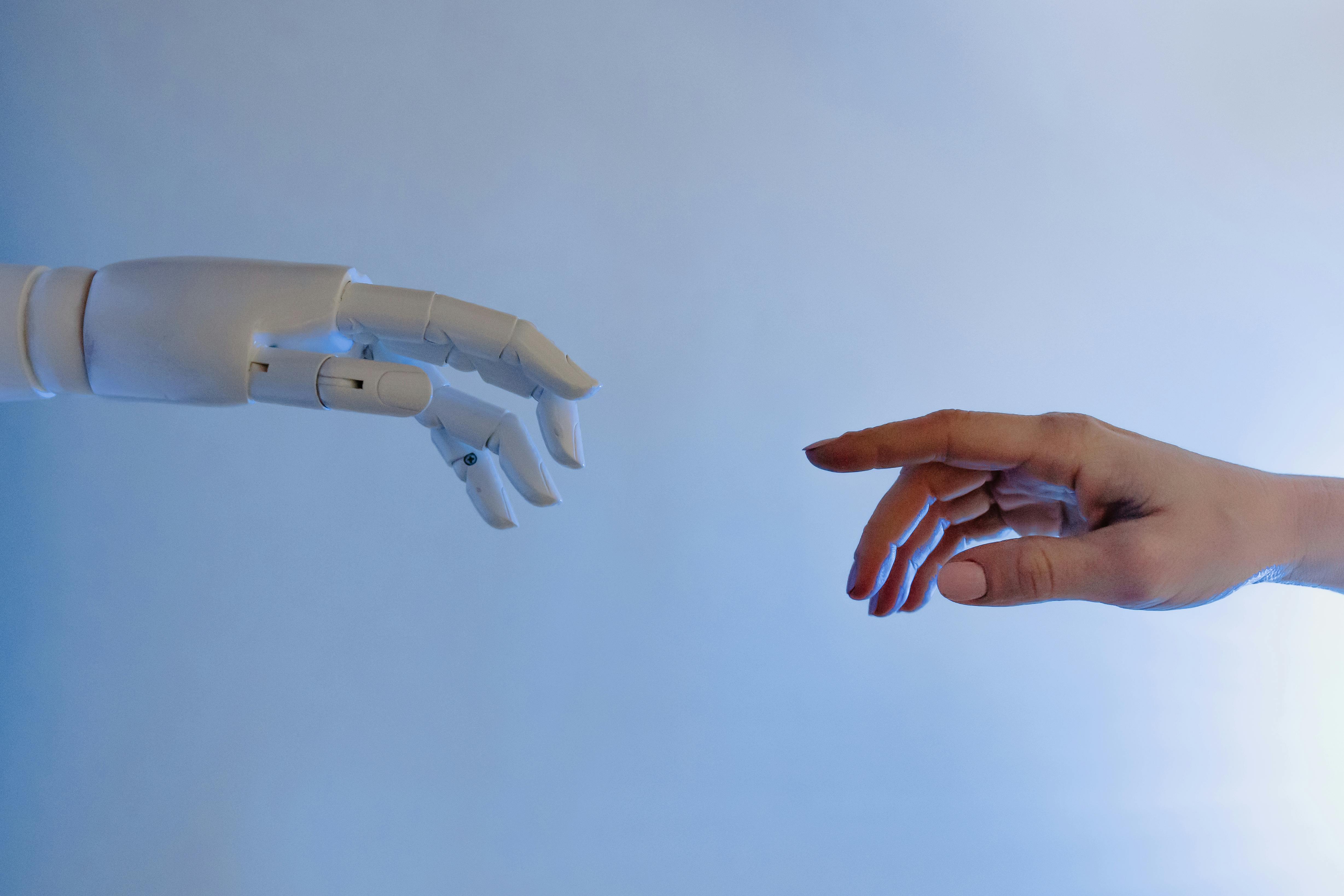Education is experiencing a profound transformation as artificial intelligence enables truly personalized learning experiences. From adaptive tutoring systems that adjust to individual learning paces to intelligent platforms that identify knowledge gaps in real-time, AI is reshaping how we teach and learn, making quality education more accessible and effective for students worldwide.
The Evolution of Educational Technology
The journey from traditional classroom instruction to AI-powered personalized learning represents one of the most significant advances in educational methodology. While educational technology has evolved over decades—from overhead projectors to interactive whiteboards to online learning platforms—the integration of artificial intelligence marks a qualitative leap forward.
Traditional education systems follow a one-size-fits-all approach, where all students receive the same instruction at the same pace. This model, while functional for mass education, often fails to account for individual learning differences, diverse backgrounds, and varying levels of prior knowledge. AI-powered educational systems address these limitations by creating dynamic, adaptive learning environments that respond to each student's unique needs.
Core AI Technologies Transforming Education
Adaptive Learning Systems
Adaptive learning represents the cornerstone of AI in education. These systems continuously assess student performance, identify strengths and weaknesses, and adjust the learning path accordingly. Unlike static curriculum pathways, adaptive systems create dynamic learning experiences that evolve with the student.
Machine learning algorithms analyze patterns in student responses, time spent on problems, and error types to build comprehensive learner profiles. These profiles enable the system to predict which concepts a student might struggle with and provide targeted interventions before difficulties arise.
Intelligent Tutoring Systems
AI-powered tutoring systems provide personalized instruction that rivals human tutoring in effectiveness while being available 24/7. These systems combine domain expertise with pedagogical knowledge to deliver instruction tailored to individual learning styles and preferences.
"The best AI tutoring systems don't just provide answers—they guide students through the thinking process, helping them develop problem-solving skills and deeper understanding."
— Dr. Lisa Chen, Stanford Educational AI Lab
Advanced tutoring systems can engage in natural language conversations, answer questions, provide hints, and offer encouragement. They can also detect frustration or confusion through response patterns and adjust their approach to maintain student engagement and motivation.
Natural Language Processing for Education
NLP technologies enable AI systems to understand and generate human language, opening new possibilities for educational interaction. Students can ask questions in natural language, receive explanations in their preferred communication style, and even practice language skills with AI conversational partners.
Automated essay scoring systems use NLP to evaluate written work, providing instant feedback on grammar, structure, and content. These systems can identify areas for improvement and suggest specific revisions, helping students develop better writing skills through immediate, constructive feedback.
Personalization at Scale
Learning Analytics and Data-Driven Insights
AI systems collect and analyze vast amounts of learning data to provide insights that were previously impossible to obtain. These analytics help educators understand not just what students are learning, but how they learn best. Heat maps of student activity, engagement patterns, and performance trends provide actionable intelligence for improving instruction.
Predictive analytics can identify students at risk of falling behind or dropping out, enabling early intervention strategies. By analyzing patterns in attendance, assignment completion, and performance metrics, AI systems can alert educators to potential problems before they become critical.
Customized Content Delivery
AI systems can automatically generate or curate educational content based on individual student needs. This includes creating practice problems at appropriate difficulty levels, selecting relevant examples that resonate with student interests, and presenting information in formats that match learning preferences (visual, auditory, kinesthetic).
Content recommendation engines, similar to those used by streaming services, suggest additional resources, readings, or activities that align with student interests and learning objectives. This approach helps maintain engagement while ensuring comprehensive coverage of required material.
Real-World Applications and Success Stories
K-12 Education Transformation
In elementary and secondary education, AI-powered platforms are helping teachers manage diverse classroom needs more effectively. Systems like Carnegie Learning's MATHia and Pearson's MyLab adapt mathematics instruction to individual student abilities, providing personalized problem sets and guided practice.
Language learning applications such as Duolingo use AI to personalize vocabulary instruction, adjust lesson difficulty based on retention rates, and optimize review schedules using spaced repetition algorithms. These systems have demonstrated significant improvements in learning outcomes compared to traditional methods.
Higher Education and Professional Development
Universities are implementing AI systems to support student success initiatives. Georgia State University's use of predictive analytics has significantly improved student retention rates by identifying at-risk students and connecting them with appropriate support services.
Professional education and corporate training benefit from AI-powered microlearning platforms that deliver just-in-time training modules based on job roles, performance gaps, and career development goals. These systems ensure that learning remains relevant and applicable to immediate workplace challenges.
Special Education and Accessibility
AI technologies are particularly transformative for students with special needs. Speech recognition systems help students with writing difficulties, while text-to-speech technology supports students with reading challenges. Visual recognition systems can interpret sign language, and predictive text helps students with motor difficulties communicate more effectively.
Adaptive technologies powered by AI can adjust interface elements, content presentation, and interaction methods to accommodate various disabilities, ensuring that quality education is accessible to all learners.
Benefits and Advantages
Enhanced Learning Outcomes
Research consistently shows that personalized learning approaches lead to improved academic performance. Students using AI-powered adaptive learning systems typically demonstrate 20-30% improvement in learning outcomes compared to traditional instruction methods.
The immediate feedback provided by AI systems helps students correct misconceptions quickly, preventing the reinforcement of incorrect understanding. This rapid feedback loop accelerates learning and builds confidence as students see their progress in real-time.
Increased Engagement and Motivation
Personalized learning experiences are inherently more engaging because they match content to student interests and abilities. Gamification elements, achievement tracking, and personalized challenges maintain motivation and encourage continued learning.
AI systems can adapt the pace of instruction to prevent both boredom and frustration, maintaining an optimal challenge level that keeps students in their "zone of proximal development"—the sweet spot where learning is most effective.
Teacher Empowerment and Efficiency
Rather than replacing teachers, AI systems augment their capabilities by handling routine tasks and providing detailed insights into student progress. Teachers can focus on high-value activities like mentoring, creative instruction, and building relationships while AI handles assessment, progress tracking, and content delivery.
Automated grading for objective assessments frees up teacher time for more meaningful feedback on complex assignments. AI-generated insights help teachers identify which concepts need additional reinforcement and which students need extra support.
Challenges and Considerations
Privacy and Data Security
The extensive data collection required for personalized learning raises significant privacy concerns. Educational institutions must balance the benefits of data-driven insights with the need to protect student privacy and comply with regulations like FERPA and GDPR.
Ensuring data security and preventing unauthorized access to sensitive educational records requires robust cybersecurity measures and clear data governance policies. Parents and students must understand how their data is being used and have control over its collection and use.
Digital Divide and Accessibility
The effectiveness of AI-powered education depends on access to technology and reliable internet connectivity. Socioeconomic disparities in technology access can exacerbate educational inequalities if not carefully addressed through public policy and infrastructure investment.
Ensuring equitable access to AI-enhanced education requires coordinated efforts from schools, governments, and technology companies to provide devices, connectivity, and technical support to underserved communities.
Algorithm Bias and Fairness
AI systems can perpetuate or amplify existing biases present in training data or algorithm design. Educational AI must be carefully designed and tested to ensure fair treatment across different demographic groups and learning styles.
Ongoing monitoring and adjustment of AI systems is necessary to prevent discriminatory outcomes and ensure that personalization benefits all students equally.
Future Directions and Innovations
Immersive Learning Experiences
Virtual and augmented reality technologies combined with AI are creating immersive educational experiences that were previously impossible. Students can explore historical sites, conduct virtual science experiments, and interact with complex 3D models in ways that enhance understanding and retention.
AI-powered virtual teaching assistants can guide students through these immersive experiences, providing contextual information and answering questions in real-time.
Emotional AI and Social-Emotional Learning
Emerging AI systems can recognize and respond to student emotions, providing support for social-emotional learning alongside academic content. These systems can detect frustration, anxiety, or disengagement and respond appropriately to maintain positive learning experiences.
Collaborative AI and Peer Learning
Future AI systems will facilitate collaborative learning by optimally grouping students, managing peer interactions, and supporting group projects. AI can analyze communication patterns, contribution levels, and learning outcomes to enhance collaborative learning effectiveness.
Implementation Strategies for Educational Institutions
Successfully implementing AI in education requires careful planning, stakeholder buy-in, and gradual integration. Institutions should start with pilot programs, provide comprehensive training for educators, and establish clear policies for data use and privacy protection.
Change management is crucial, as the shift to AI-enhanced education represents a significant cultural change for many educational institutions. Success requires ongoing support, professional development, and clear communication about the benefits and limitations of AI systems.
Conclusion
AI-powered personalized learning represents a fundamental shift toward more effective, engaging, and accessible education. While challenges remain around privacy, equity, and implementation, the potential benefits are transformative. As AI technologies continue to advance, we can expect even more sophisticated and effective educational applications.
The future of education lies not in replacing human teachers with AI, but in creating powerful partnerships between artificial intelligence and human expertise. This collaboration promises to unlock the full potential of every learner, making quality education truly personalized and universally accessible.
As we move forward, the key to success will be maintaining focus on educational outcomes while addressing ethical considerations and ensuring that AI serves to enhance rather than replace the human elements that make education meaningful and transformative.




